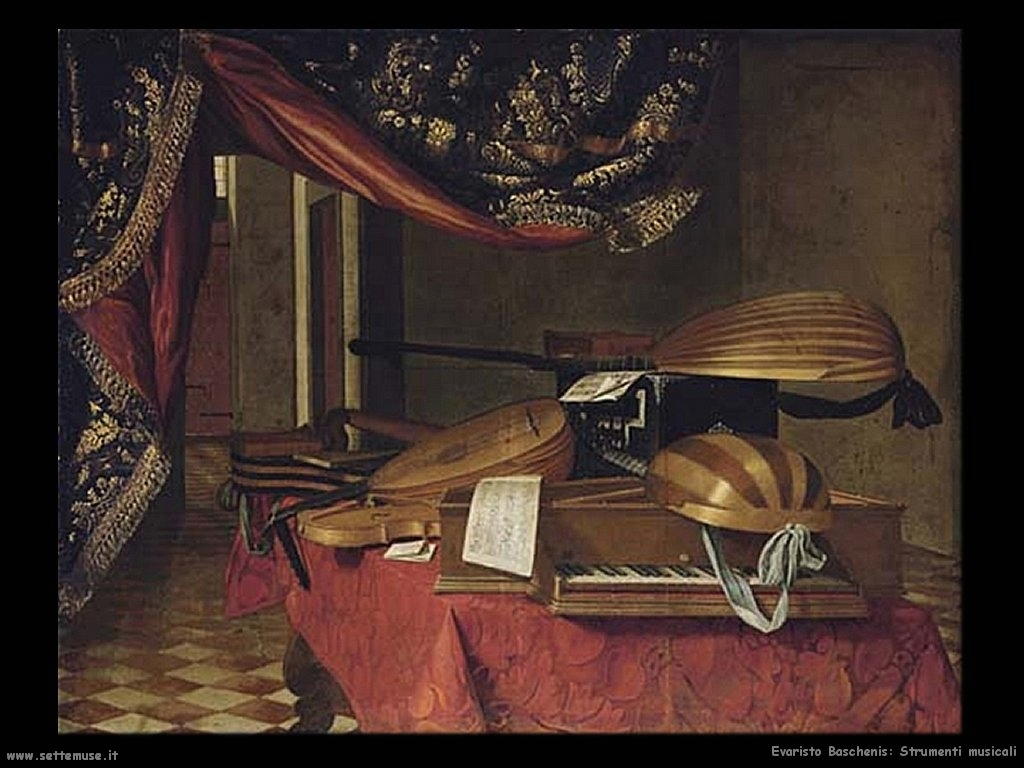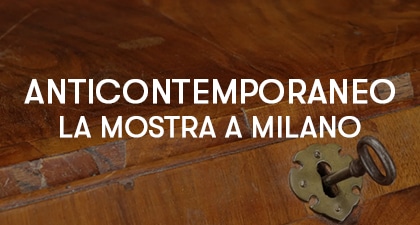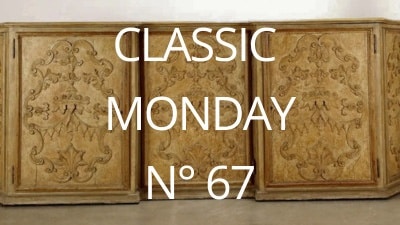
Decimo appuntamento con il Classic Monday dedicato al tavolo da parete.
Commonly referred to as a French “console”, following the great development and domination that France will have in the decorative arts from the eighteenth century onwards, this type of furniture, also called wall table or wall table, is a piece of furniture that was born during the Renaissance and that developed especially in the seventeenth century.

It is mainly a parade furniture: in fact, in ancient times, it had the function of support for inlaid cabinets, props inserted in display cases or, as described by the inventories of the Piedmontese royal palaces of the seventeenth century and documented by numerous paintings, they were tables covered with precious carpets on which were objects in silver, porcelain and elaborate glass.

It was mainly in the Baroque era that the table itself began to have a decorative function.
And so, following Bernini’s dictates of the Roman Baroque, real sculptures such as newts, Turkish slaves, chimeras and cherubs were placed to support splendid antique marble tops.
The galleries and corridors of the palaces were enriched by a parade of parade tables surmounted by paintings or mirrors in elaborate frames, which will take on shapes and movements dictated by the styles that will follow one another over the centuries.
From the inventories it turns out that the costs of these furnishings were mainly dictated by gold leaf for gilding, precious slabs of mirrors and rich marbles. This is why in service rooms or country buildings we prefer furniture with cheaper furniture, not necessarily less beautiful, but often it was the use of walnut to dominate and in Italy the persistence of a simple furniture still linked to the Renaissance taste will continue for a long time, especially in tables, pantries and wardrobes. This is why traditionally the antique dealers of the last century have often dated these pieces of furniture in much older periods than the real ones of their realization: the study of the archives of palaces and sacristies has allowed us to learn how these furnishings continue to find market and realization until at least the first quarter of the eighteenth century.
A clear demonstration of this is the console object of our study.

Dating back to the early eighteenth century, it is characterized by a shaped top scorniciato and supported by lyre legs.
The reference model is that of the so-called fratina or lyre tables, whose supports and crossbars are made from simple shaped and natural, unpainted wooden boards.
Despite the more rustic taste of this console compared to the more elaborate ones of Baroque influence, the carving of the pods under the band and the lyres that connect the legs is very careful and cared for, demonstrating the search for a decorative component of clear late Renaissance taste, where the architectural harmony of the form and its design are respected and create an object master of an elegant and refined aesthetic, making it a piece of furniture still highly sought after.
















